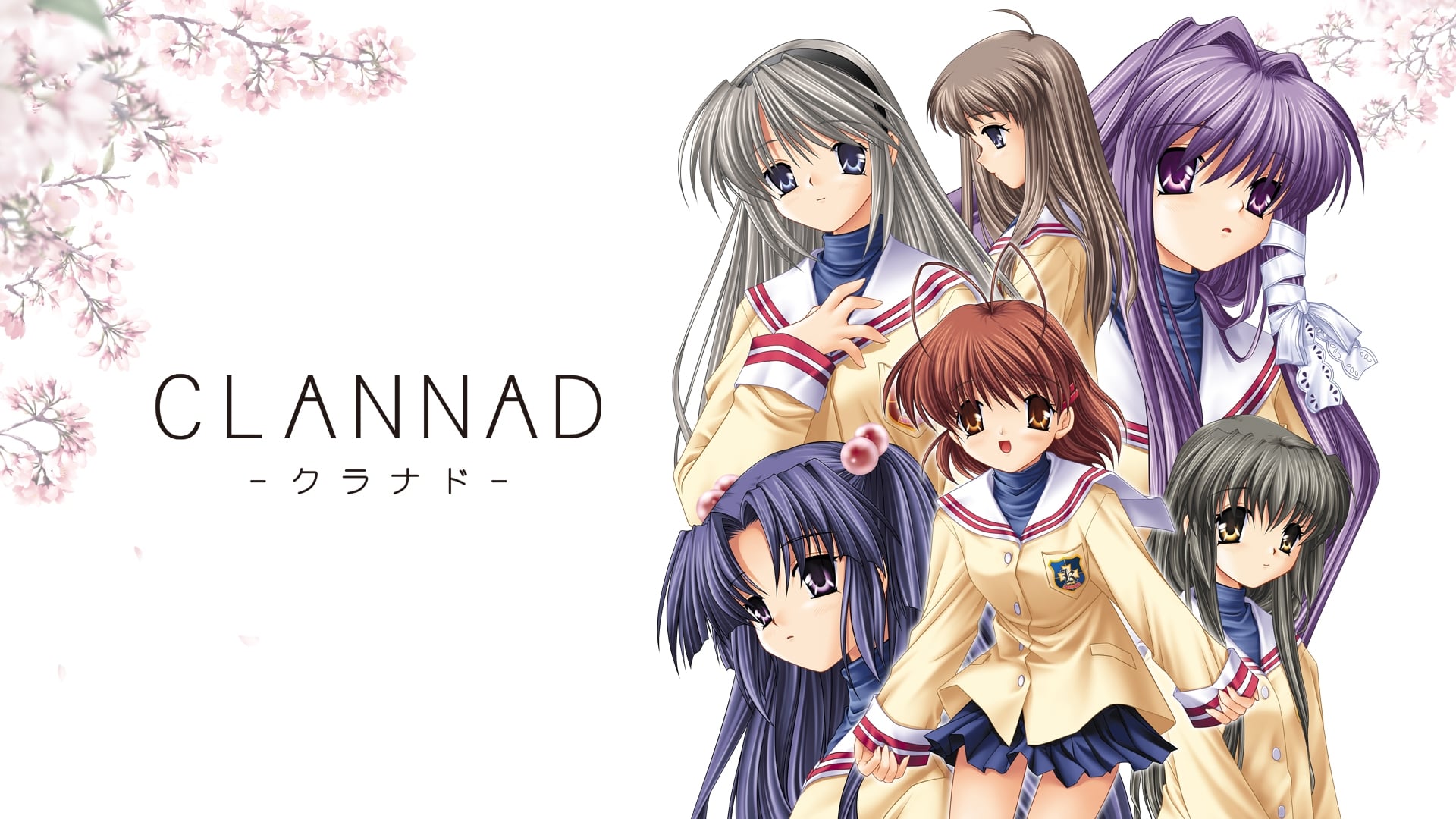

“It’s a common misconception that Enya’s music is all floaty shit. “With Enya, or artists like myself and Sigur Rós, we’ll get stuck with this ‘ethereal’ word,” she says. To move beyond the stereotype, Barwick encourages a closer listen. “But the uncoolness factor has definitely diminished.” “Ten years ago, it was like: ugggh,” she recalls. But even for a noted fan like Barwick-who taught herself to play Watermark’s “Evening Falls” on piano at age 8, and says she has “every single nuance to every single song” in the early Enya catalog ingrained in her memory-the comparison, back then, was complicated. She calls Enya a formative, if subconscious, influence. With her ecstatic, richly layered, often wordless sound, Barwick has been likened to Enya since at least 2009, when The New York Times dubbed her “The New Enya” (with the clarification that “there’s no shame whatsoever” in such a distinction). This shift is not lost on the ambient artist Julianna Barwick. A generation of artists who grew up on Enya have now arrived to recover the nuances of her artistry and reclaim her as a role model.

Perhaps it is a prevailing ethos of open-mindedness in music that makes her stirring melodies and enveloping textures as beloved today by mainstream rappers and independent singer-songwriters as by the heavier reaches of the avant-garde. But more to the point, internet-raised music fans have learned to listen adventurously, beyond the borders of genre, and Enya-despite having won four Grammy Awards for Best New Age Album-has always transcended them. And new age-which Enya herself helped popularize but has long rejected as a marketing term-has largely been artistically redeemed, no longer relegated to the status of patchouli-scented muzak. How and why, like so many women artists of the ’90s, was an innovator like Enya once so widely reduced to a cultural punchline? What has finally broken that stigma down? To start, music at large has become a less patriarchal place than it was when she debuted in the late ’80s. She and longtime collaborators Nicky and Roma Ryan turned this choral synthesizer music into the obsessive sound of serenity.īrandy’s question is a pointed one. Each mixes the ancient with the modern, folklore and ambience, the human and the electronic, containing hundreds of ornate layers of Enya’s own vocals and rhythms woven like cloth. Most popular among them are the earliest: her cinematic 1987 debut, The Celts 1988’s Watermark, the unlikeliest of pop smashes and 1991’s oceanic Shepherd Moons, which sold even more.
#Clannad band video free#
From the windswept dream pop of “I Want Tomorrow” to the skylike chorus on “Anywhere Is,” from the wild arpeggiations of “Aldebaran” to the shaded beats and Gaelic lyrics on “Ebudae,” my journey with Enya became a reminder of how music could hold the days together when it felt like reality was in a free fall.Īt 59, Enya has now released eight studio albums. I now feel that the 19-song Enya primer I received in the final days of 2019 was cosmically tailored to prepare me for the impending hell of 2020. Last December, after noticing a substantial uptick in the number of effusive Enya fans in my orbit-both friends and musicians I follow-I finally asked someone for a mix of her best work.


 0 kommentar(er)
0 kommentar(er)
